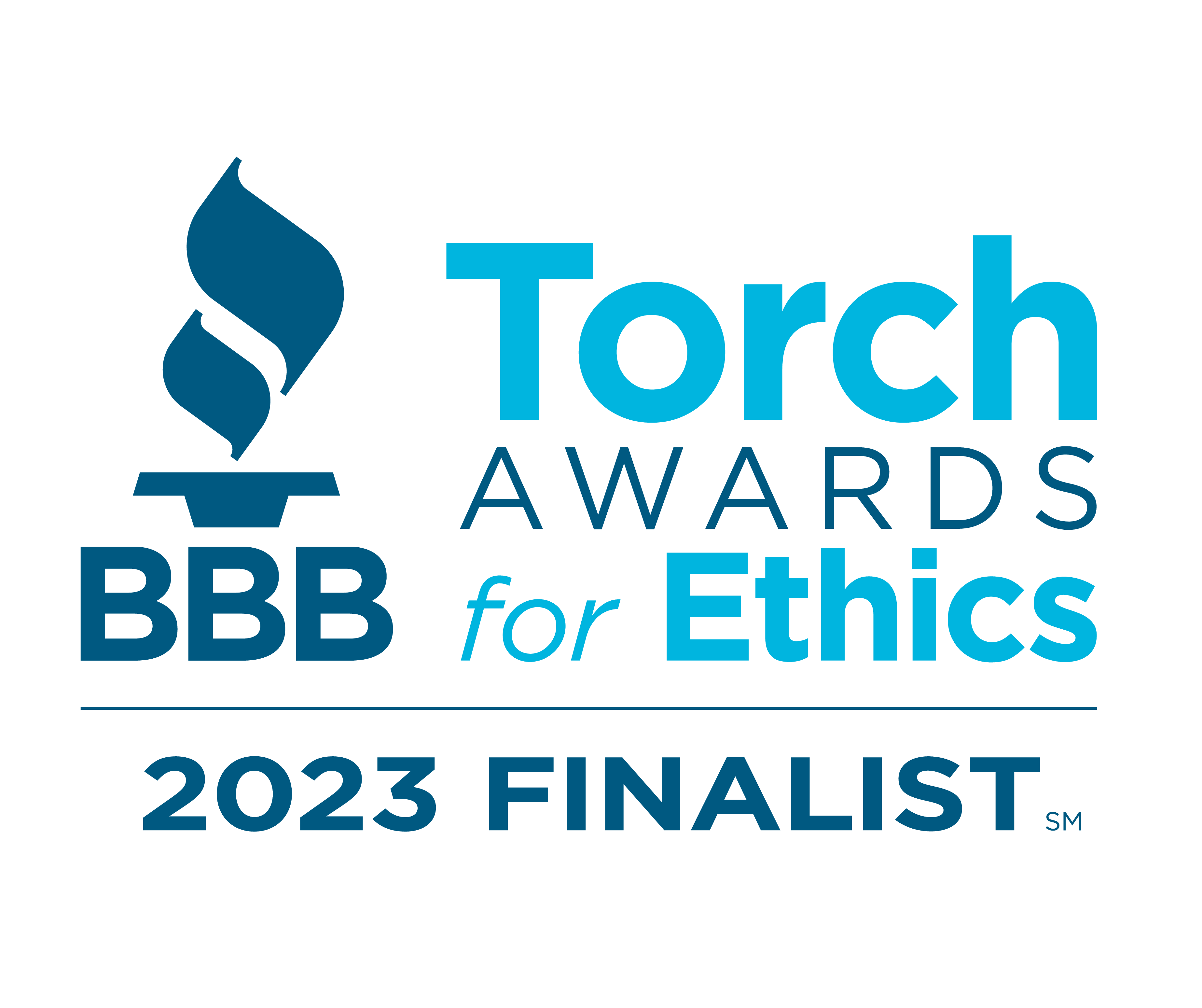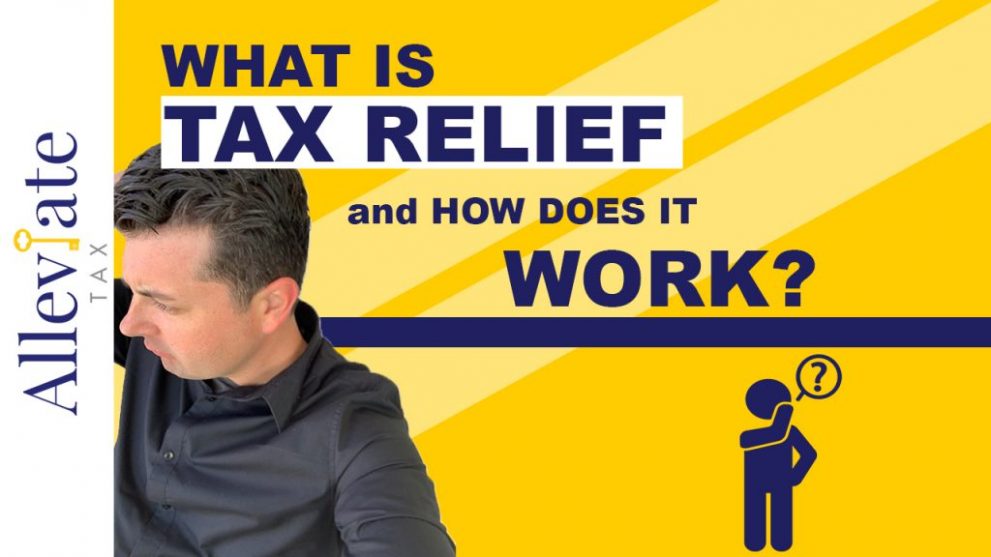What is Tax Relief and How Does it Work?
Do you find yourself swarmed with tax debt? You may be able to take a little of the burden off. Here is everything you need to know about tax relief.
Every year in the United States, there is over $450 billion in unpaid tax debt. Over $380 billion of that tax gap is as a result of underreporting.
But the IRS keeps copies of W2s, 1099s, and other income documentation for every American taxpayer. So if you’re underreporting to failing to file, it will eventually catch up to you.
Did you know there are over 10 million words of tax code? The IRS tax regulations and revenue code are extensive, so it’s crucial to stay on top of your taxes.
But life happens, and many Americans end up owing taxes and looking for tax relief.
Luckily, there are several options when it comes to tax debt relief.
Do you feel burdened for all that you owe? Here is a guide to pull you through the season and help you get rid of that tax load.
What Is Tax Relief?
What is Tax Relief? Tax relief isn’t necessarily about eradicating your monetary obligation to the IRS. Instead, tax relief is about finding a way to set up a payment plan that works for you or alleviating some of that debt.
There is also special tax relief, which applies to situations like natural disasters when victims qualify for things like deadline extensions or lowering your amount owed.
What Are Ways to Get Tax Relief?
If you can’t afford to pay your bill at all, or if you can’t afford it at all, there are options to provide you with some tax relief help.
Offer in Compromise
If you’re financially struggling and there’s no way you can foresee being able to pay your tax bill in full, the IRS might allow you to settle your debt for less.
This option is known as an offer in compromise. If paying your full tax liability creates a financial hardship or if you simply cannot pay it, you can make an offer in compromise.
When the IRS reviews your application for an offer in compromise and determines whether or not they’ll accept, they’re going to consider factors such as:
- Your income
- Your expenses
- Your assets
- Your Ability to pay
They’re going to ask for financial documents and any other paperwork detailing your finances to determine whether or not you qualify.
IRS Repayment Plan
It’s common for the IRS to allow taxpayers to break down their full balance into smaller payments.
A long-term payment plan arrangement will set up your payments over 120 days or more. To qualify, you must owe a combined amount (taxes, penalties, and interest) of $50,000 or less.
A short-term payment plan will set up your payments over 120 days or less. To qualify, you can owe a combined amount of up to $100,000.
What About Penalty Relief?
If you meet specific criteria, you might qualify for penalty relief. If you do qualify, the IRS will forgive the penalties you’ve been charged on your tax bill. You will still owe the taxes that you owe, but the penalties will be removed so your overall debt will inevitably be lower.
For a taxpayer to qualify for penalty relief, they have to be able to show that they made their best efforts to comply with their payment plan. For example, if a taxpayer experiences a natural disaster or an issue with their home that deters them from being able to pay, they might qualify.
Just to reiterate, a taxpayer might qualify for penalty relief if they:
- Filed all their currently required returns
- Arranged to pay or paid any tax due
- Didn’t previously have to file a return or didn’t have any penalties for the 3 tax years before the year in which a penalty was assessed
If it’s the first time that you filed late, forgot to file, or missed paying what you owe, you may qualify for first-time penalty abatement. To be eligible, the following must apply:
- You have no penalties for the 3 tax years before the year for which you received a penalty
- You weren’t required to file for the 3 years before the year for which you received a penalty
- You filed all the necessary forms or filed an extension to file late
- You have arranged to pay or have paid any tax due
Relief may also apply if you received incorrect advice from the IRS.
What About Statutory Exception?
If a taxpayer receives incorrect written advice from the IRS, they may qualify for a statutory exception. If you feel this is you, you’ll have to include the following items when you request penalty relief:
- A written request to the IRS for advice
- The erroneous advice that was sent to you by the IRS
- The report of any tax adjustments identifying the penalty or the addition to tax, and any items relating to the erroneous advice
The best thing you can do is not ignore any IRS letters. And talk to a tax professional who will exhaust any and every option for lowering your tax debt.
Tax Relief Is a Good Option
Even though owing the IRS is a daunting feeling, it’ll only get worse if you don’t face what you owe and make a plan going forward.
The more you comply and pay attention to any letters you receive, the more likely you are to get relief.
And if you can’t pay what you owe in one shot, don’t panic. There are several payment plan options.
While you might not want to reach into your pockets to pay a tax professional to help with your tax relief, you’ll more than likely save money in the long run if you do.
Check out some of our tax relief services or give us a call for a consultation. Even though you still owe, you’ll have peace of mind knowing a professional is working hard to lower your amount owed, as much as they can.









